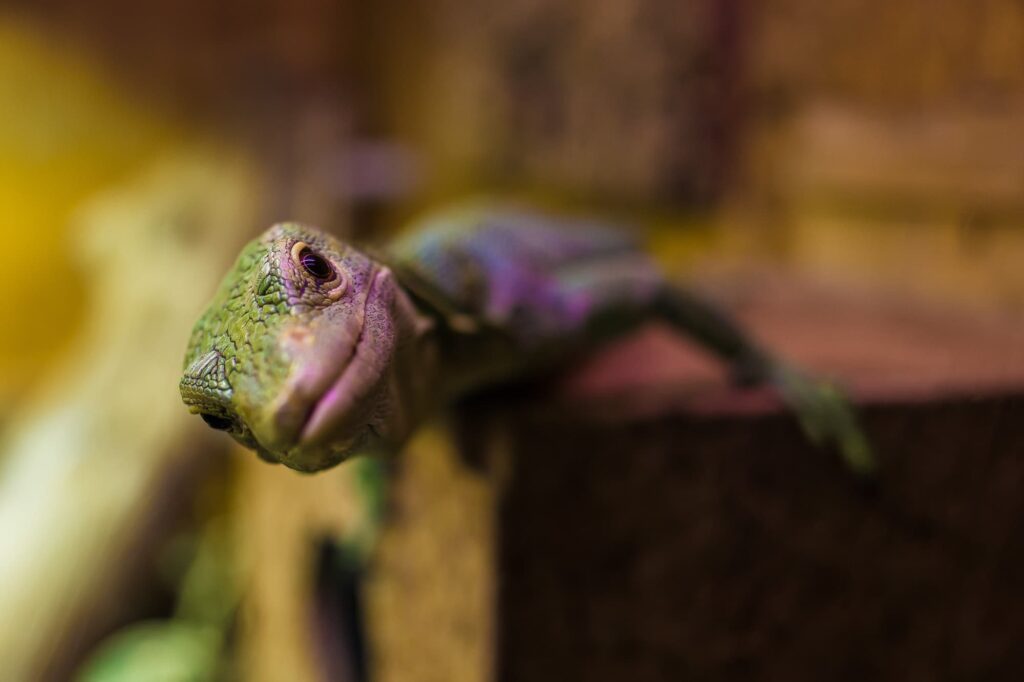Solutions do not always come from technology, says innovation expert Simone van Neerven. In regenerative agriculture, farmers take a step back to learn from nature. ‘Such a holistic approach would also be very useful for organisations.’
Dare to step up
The Netherlands cultivates flower bulbs over a total area of roughly 27,000 hectares. Johanna and John Huiberts grow 40 of the 65 hectares that are farmed organically. About ten years ago, after years of conventional farming, they made the courageous decision to do things radically different.
From that point forward, the emphasis was entirely on improving the soil and bringing back the earth’s life. They now collaborate with nature rather than fighting it. Because they had seen that if you create the right conditions, nature will take care of itself.
A big mental step
This method of farming necessitates a completely different way of thinking and acting, even though it may appear all the same to an outsider. For Huiberts, that meant letting go of just about everything he had learned up to that point. Instead of using a big tractor to deeply plow their field, they now keep the soil covered all year long, ideally with growing plants. And when a harmful weed or insect comes along, suppress the urge to radically exterminate it but find a natural remedy to get rid of it.
Learn something new every day
It wasn’t easy and still isn’t. Just like in organizations where a standard innovation approach does not work, there is no standard implementation plan for regenerative agriculture. That means you have to experiment every day to figure out what works and what doesn’t.
Although it can be tempting to act hastily and superficially, it is much better to take your time and look for the root causes of the problem. By doing so, you’ll be able to break the cycle of implementing quick fixes to problems that were brought on by previous ones and structurally eliminate the problem.
This requires a healthy dose of creativity and innovation. For instance, the majority of equipment is designed for traditional agriculture. No machinery exists to plant bulbs beneath crops that are already growing to keep the land covered. And so Huiberts designed and built such a machine himself.
Nearly all of today's major problems are interrelated
In the meantime, Huiberts got rid of the extremely persistent plant disease stem nematodes that made their flower bulbs unsellable, and the business is now thriving like never before. Huiberts now grows more than a hundred different varieties of flowers, and the bulbs are chosen based on the insects they attract. He selects ground cover plants that are good at fixing nitrogen and aid in nutrient buildup.
Their soil is getting healthier and more alive, which allows it to store more carbon. They observe a significant increase in the biodiversity on their land because life underground means life above ground. During the bird count at the beginning of this year, more than 18 species were observed, which is almost a tenfold increase compared to when Huiberts started with regenerative agriculture.
The soil’s airiness helps in regulating the water; during droughts, water is better held, and during heavy rains, the soil effectively absorbs the water. Additionally, the soil serves as a filter and the ditches around Huiberts’ land are clean.
Because smaller machines are used or, in the case of Huiberts, because he doesn’t have to dry his bulbs in the shed, this kind of farming also uses significantly less energy. Additionally, the usage of artificial fertilizer, whose production consumes a tremendous amount of energy and releases a lot of CO2, is no longer necessary.
Back to the fundamentals
These days, we believe that every problem can be solved with technology. The most innovative thing we can do, though, is to take a step back. Instead of inventing innovations to solve the problems we created with the previous innovation, it becomes increasingly important to approach the problem holistically, understand how one affects the other, and learn from nature. Because nature works regeneratively by default.
Organizations can learn a lot from regenerative farmers
Regenerative farmers understand the interconnectedness of all parts of the system in which they work. Organizations would likewise benefit greatly from such a holistic approach. Projects and departments should cooperate rather than compete with one another. For instance, the strategy and innovation teams shouldn’t operate independently from the sustainability team.
Additionally, regenerative farmers don’t operate under strict authority. Instead, they create a setting where everything that nature offers can thrive in its best form. They operate by a handful of clear, unambiguous principles that serve as a guideline for their actions.
There is a big parallel with organizations. Provide the right environment for your employees so that they can get the best out of themselves. Give them some clear guidelines, as Ray Dalio does in his book ‘Principles’, and you’ll see that magic happens in the team.
Let's stop talking about sustainability, please
Finally, let’s go from discussing sustainability to talking about regeneration. Because regeneration focuses more on maximizing good impact than it does on minimizing negative impact or maintaining what we currently have. And that’s what we desperately need right now.
This article was originally published in Dutch on MT/Sprout, the most popular business and management platform in the Netherlands.
don’t miss out!
subscribe and get my columns straight into your mailbox


